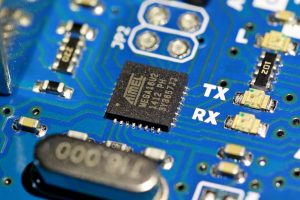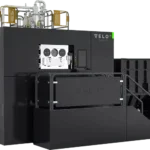
The Pentagon has awarded nearly $240 million in deals to establish eight regional hubs across the country that will work on bolstering microelectronics innovation. The contracts for the “Microelectronics Commons” program are the department’s first awarded under the CHIPS and Science Act signed into law last year to help address semiconductor shortage challenges and ensure the department has domestic production access to the microelectronics required for major capabilities. “The microelectronics commons is focused on bridging and accelerating the lab-to-fab transition,…

 By
By 











